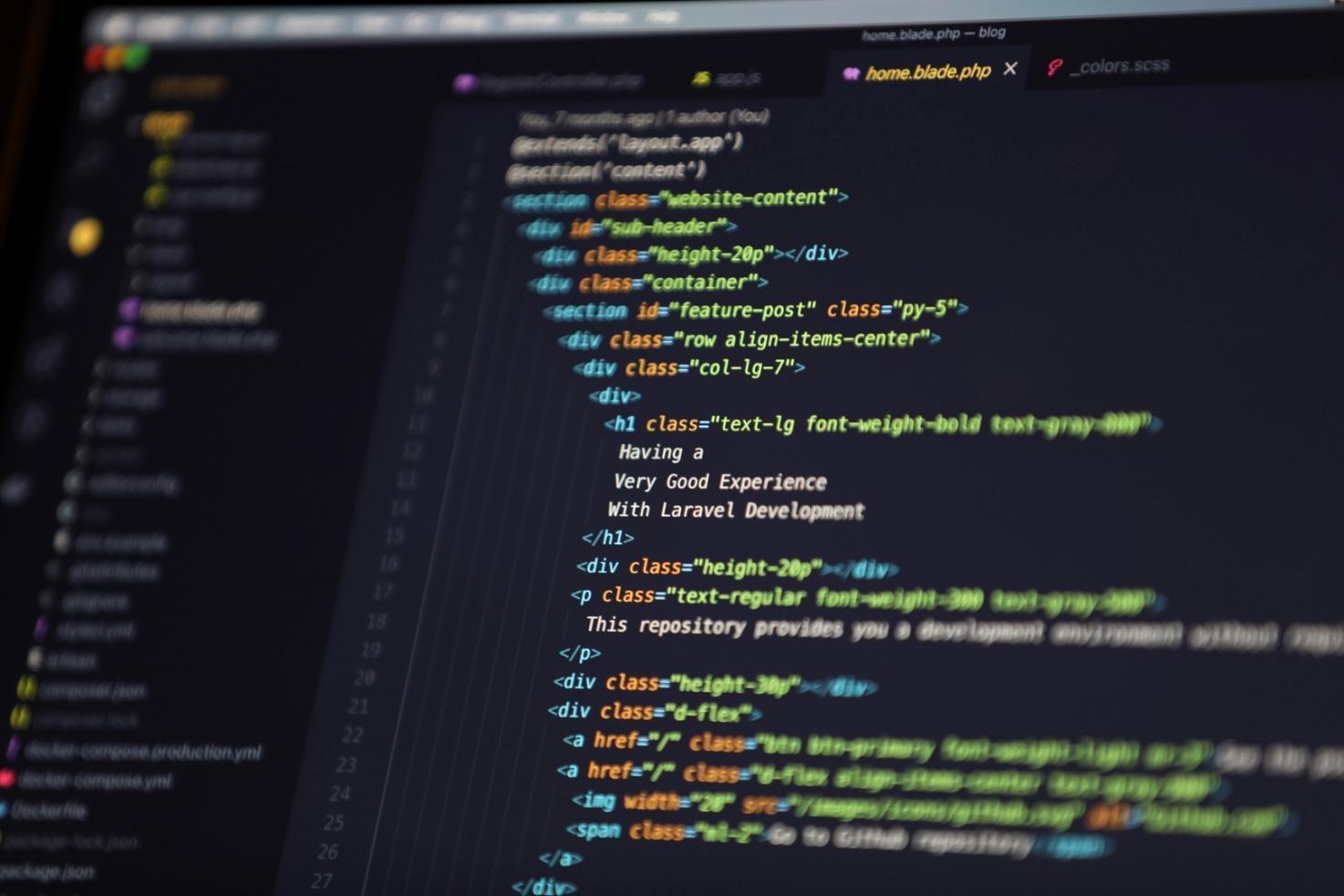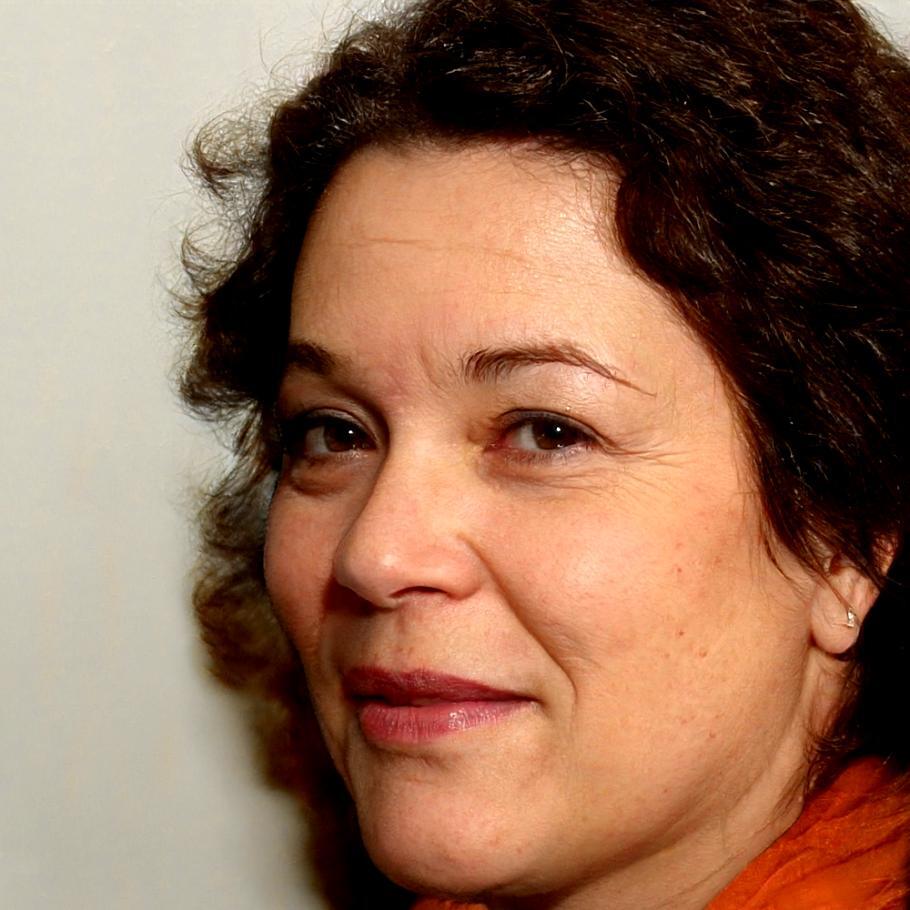Building Games From Physics Up
Most game design courses skip over the fundamentals. They show you an engine and expect magic to happen. But here's what we've learned after working with hundreds of students: understanding physics isn't optional if you want to create movement that feels right.
Our program starts with Newton's laws and collision math. Because when you know why a character slides versus sticks, or how momentum transfers between objects, you're not just following tutorials anymore. You're actually designing behavior.
Four Modules That Build On Each Other
We've organized the curriculum so each section gives you skills you'll use immediately in the next one. No filler content or theory you'll never apply.
Classical Mechanics Foundation
Eight weeks working with forces, vectors, and acceleration. You'll code simple physics simulations before touching any game engine.
- Vector mathematics in practice
- Force calculation and application
- Basic collision detection
- Friction and drag systems
3D Environment Setup
Learning Unity's physics engine by recreating what you built from scratch in module one. This is where things start clicking together.
- Unity physics components
- Material properties and behavior
- Rigidbody configuration
- Constraint systems
Character Movement Design
Twelve weeks focused on making player control feel responsive. We cover everything from ground detection to air control tweaking.
- Player controller architecture
- Slope and stair handling
- Jump mechanics tuning
- Camera physics integration
Advanced Interactions
Building systems where objects interact naturally. Destructible environments, rope physics, vehicle handling.
- Dynamic object systems
- Joint and hinge mechanics
- Ragdoll implementation
- Performance optimization
Portfolio Project Development
Ten weeks creating a complete game prototype that showcases your physics understanding. You choose the concept and we guide the execution.
- Project scoping and planning
- Iterative prototyping
- Bug fixing strategies
- Polish and presentation
Industry Preparation
Final six weeks preparing your work for potential opportunities. Portfolio review, documentation practices, and understanding game studio workflows.
- Portfolio presentation
- Technical documentation
- Code review standards
- Team collaboration tools
Skill Development Timeline
How We Track Your Progress
You won't find multiple-choice tests here. Every assessment involves building something that works. We look at your code, test your prototypes, and give specific feedback on what's working and what needs adjustment.
By the end of each module, you'll have a working project. Small at first, but each one demonstrates understanding you can actually use.
- Weekly coding assignments with instructor review
- Module-end prototype demonstrations
- Peer code reviews and feedback sessions
- One-on-one technical discussions
- Final portfolio project evaluation

Next Program Starts October 2025
We run two cohorts per year with limited spots. The autumn session begins October 6, 2025 and runs through September 2026. Applications open in July.
Classes meet twice weekly in the evenings Mongolia time, with recorded sessions available if you need to catch up. Expect about 15 hours per week including class time and project work.

